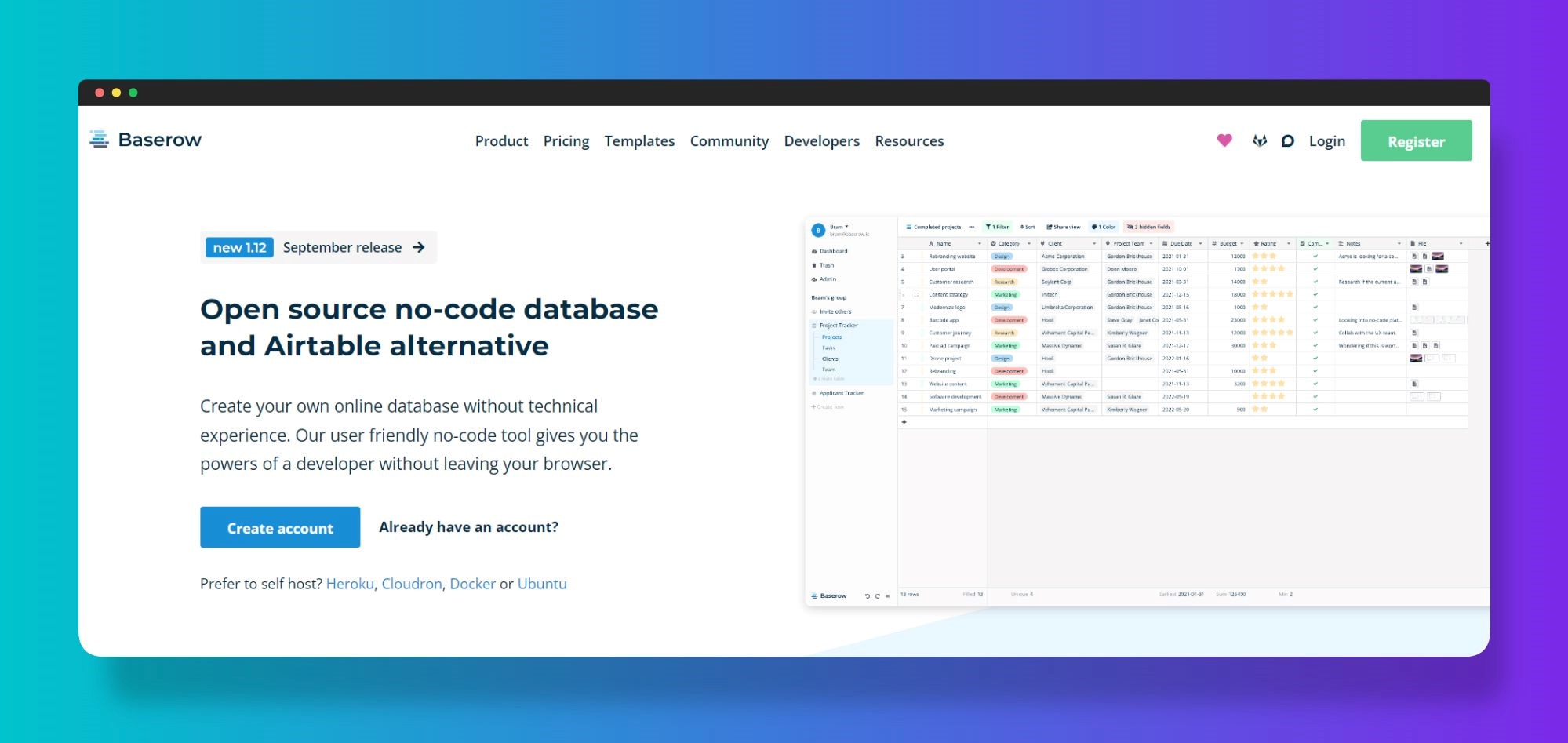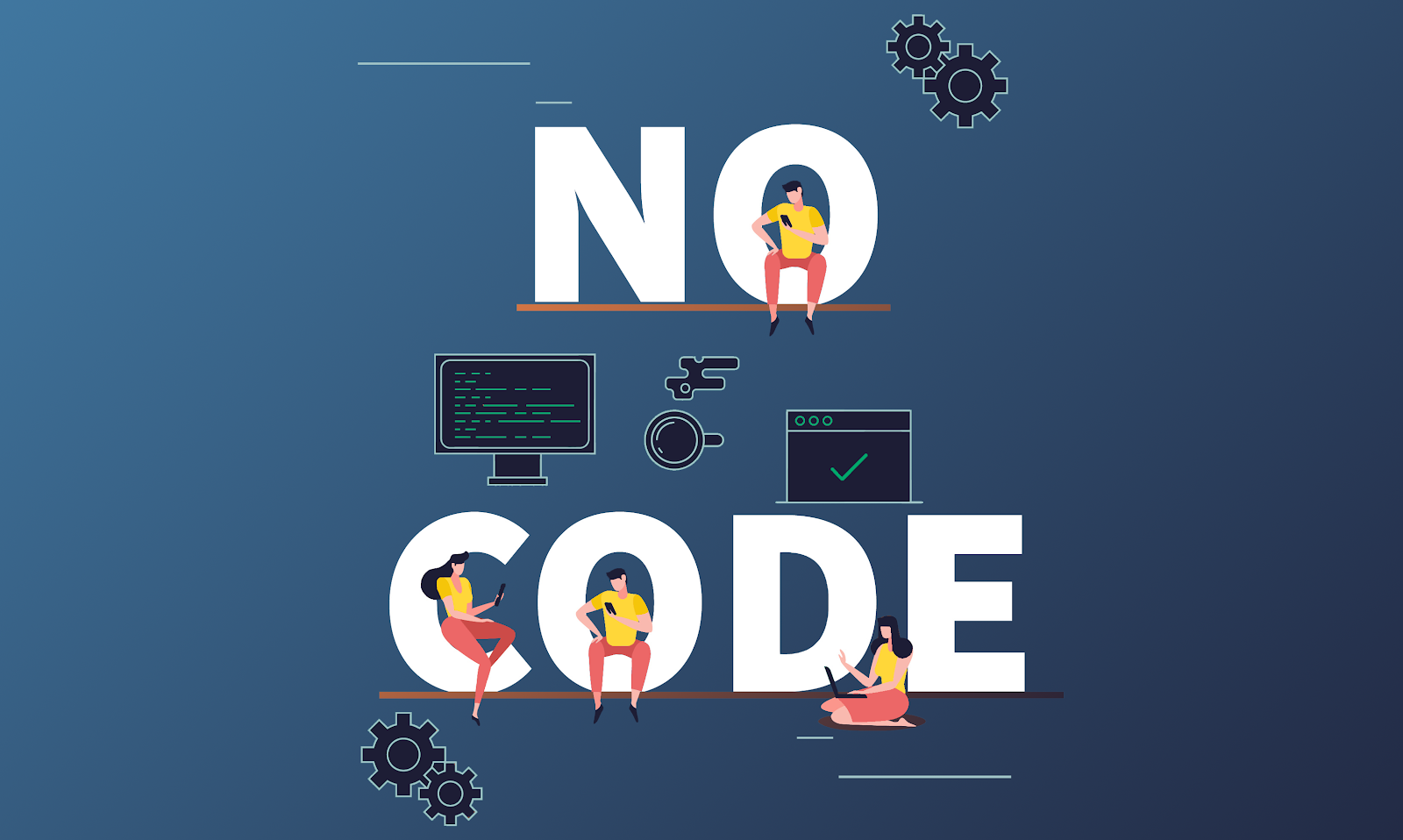Unlocking the Potential of Scalable Databases: No Coding Needed for Seamless Information Assimilation and Monitoring
The introduction of no-code solutions is transforming just how organizations approach scalable data sources, making it possible for seamless information assimilation and management without the demand for comprehensive coding abilities. As businesses seek to harness the power of their information, the vital features and prominent devices that promote this transition warrant better exam.
Understanding Scalable Databases
How do scalable databases fit the growing demands of modern applications? Scalable databases are designed to handle increasing volumes of information and customer demands without compromising performance.
Along with scaling methods, scalable data sources commonly integrate sophisticated architectural features, such as sharding and duplication. Sharding separates information into smaller, manageable items, making it possible for parallel handling and minimizing action times. Duplication makes sure information accessibility and resilience by creating copies of information throughout numerous nodes, protecting versus potential data loss.
Furthermore, contemporary scalable data sources leverage cloud computer modern technologies, enabling vibrant source appropriation based on demand. This versatility allows companies to respond swiftly to fluctuating workloads, ensuring optimum performance and user experience. As businesses increasingly rely upon data-driven decision-making, comprehending scalable data sources ends up being necessary for utilizing their capacity in supporting contemporary applications.
Benefits of No-Code Solutions
As organizations significantly take on scalable data sources to manage their expanding information requirements, the need for user-friendly advancement devices has likewise risen. No-code solutions are becoming an essential component in this landscape, supplying numerous essential benefits that enhance functional performance and ease of access.

Secondly, these options significantly speed up the advancement procedure. By getting rid of the requirement for coding, organizations can swiftly model applications, iterate on layouts, and release solutions in a fraction of the time needed by standard approaches. This agility enables organizations to respond quickly to market needs and changing problems.
Furthermore, no-code systems usually come geared up with pre-built layouts and assimilation abilities, streamlining the link with existing systems. This lowers the complexity typically connected with data integration, eventually reducing the total cost of ownership. Consequently, companies can concentrate on leveraging information understandings as opposed to getting bogged down in technical complexities, optimizing their critical possibility.
Trick Attributes for Data Combination
Reliable information integration is essential for organizations looking for to harness the complete potential of their scalable data sources. Trick functions that facilitate seamless information integration consist of robust information ports, automated information mapping, and real-time data synchronization.
Durable data ports make it possible for companies to link numerous information resources, whether they live on-premises or in the cloud, making sure comprehensive accessibility to diverse datasets - no-code. Automated data mapping simplifies the procedure of aligning disparate information formats and structures, permitting quicker and a lot more precise assimilation processes. This attribute decreases the requirement for manual intervention, reducing the potential for mistakes
Real-time information synchronization is an additional important function that ensures information uniformity across platforms. By upgrading data in real-time, organizations can maintain a precise and current sight of their info landscape, which is vital for prompt decision-making. Additionally, easy to use control panels and visual analytics enhance the visibility of incorporated data, enabling stakeholders to acquire workable understandings effortlessly.
Finally, information administration capacities make sure conformity with policies and internal policies, safeguarding sensitive information while advertising a culture of data integrity. Collectively, these features encourage companies to achieve reliable and reliable data combination.
Popular No-Code Devices Available
Organizations significantly count on no-code devices to enhance their data combination procedures and improve process. These systems remove the demand for substantial programs knowledge, allowing users to develop applications and take care of data with instinctive visual user interfaces. Among one of the most popular no-code tools are Airtable, Zoho Developer, and Bubble, each offering distinct functions tailored for numerous company demands.
Airtable combines the simpleness of spread sheets with the capability of data sources, allowing customers to arrange and work together on data effectively. Zoho Developer gives a comprehensive suite of personalized applications, allowing individuals to integrate and automate process with various other Zoho items effortlessly. Bubble sticks out for its ability to develop innovative web applications without coding, dealing with startups and business alike.
In addition, devices like Zapier and Integromat help with computerized operations by integrating multiple applications, making it possible for customers to link data sources easily. These no-code services not just save time yet likewise empower groups to concentrate on calculated initiatives instead than technical difficulties. As organizations remain to embrace electronic change, the fostering of no-code tools is established to reinvent the way information integration and administration are approached, driving performance and advancement.
Real-World Use Cases
Countless markets have actually successfully applied no-code tools to attend to specific difficulties and boost operational efficiency. In the medical care sector, for example, companies utilize no-code systems to simplify patient record administration and appointment scheduling. By integrating numerous information sources without substantial coding, healthcare experts can concentrate extra on client care as opposed to management jobs.
In retail, businesses leverage no-code databases to handle stock and sales information in actual time. no-code. This enables fast decision-making regarding supply degrees and advertising strategies, ultimately improving customer fulfillment and sales efficiency
Additionally, banks have actually adopted no-code solutions to automate compliance reporting and data analysis, minimizing hands-on mistakes and increasing action times to regulative adjustments.

These real-world usage cases show the convenience and efficacy of no-code tools in numerous sectors, verifying that scalable data sources can drive innovation and operational performance without the need for comprehensive shows expertise.
Final Thought
Finally, the integration of no-code solutions into scalable database administration stands for a considerable innovation in data handling abilities. By assisting in smooth links in between varied information resources and automating operations, these devices encourage organizations to efficiently manage growing data volumes without the need for technical experience. The resultant improvement in functional performance and data-driven decision-making emphasizes the transformative capacity of these cutting-edge approaches within various sectors, ultimately supporting strategic purposes and cultivating business development.
Duplication guarantees data availability and sturdiness by producing duplicates of data across multiple nodes, guarding versus prospective data loss. - no-code
Robust information adapters allow organizations to link numerous information sources, whether they reside on-premises or in the cloud, making certain thorough accessibility to diverse datasets. Automated information mapping streamlines the process of straightening inconsonant data formats and frameworks, enabling for quicker and a lot more accurate assimilation procedures.Real-time data synchronization is an additional essential attribute that guarantees data next page uniformity throughout platforms. By facilitating smooth links between varied information resources and automating operations, these tools equip companies to efficiently manage growing data volumes without the demand for technical expertise.